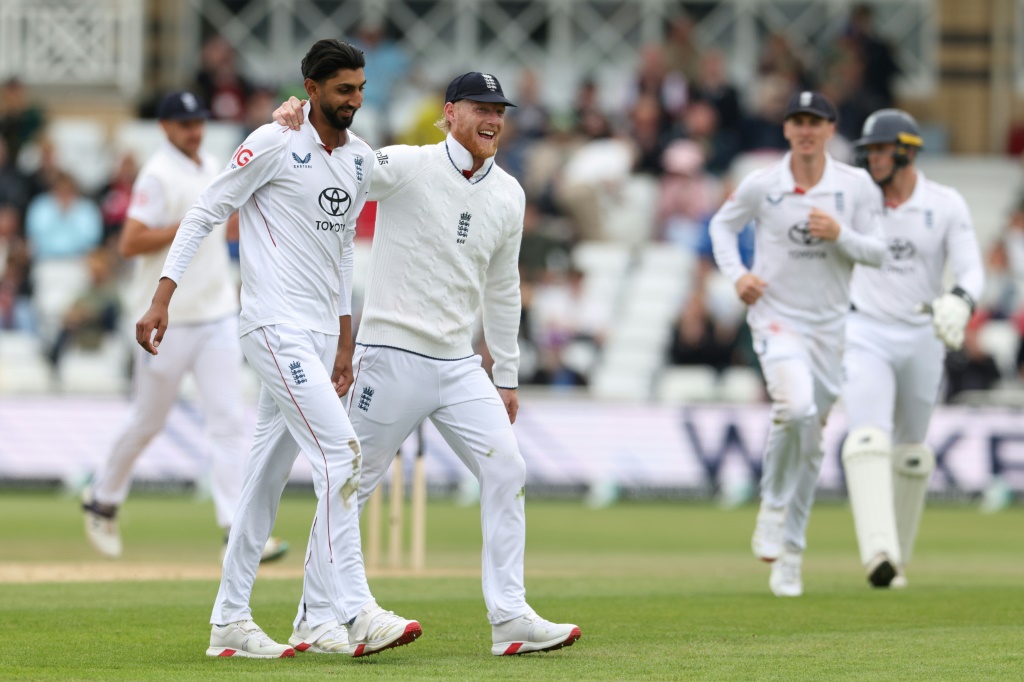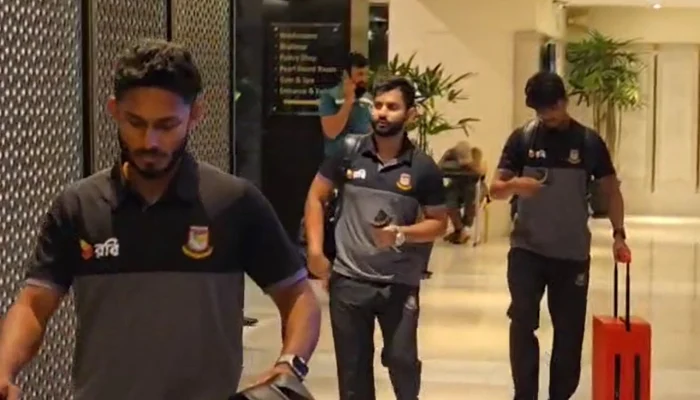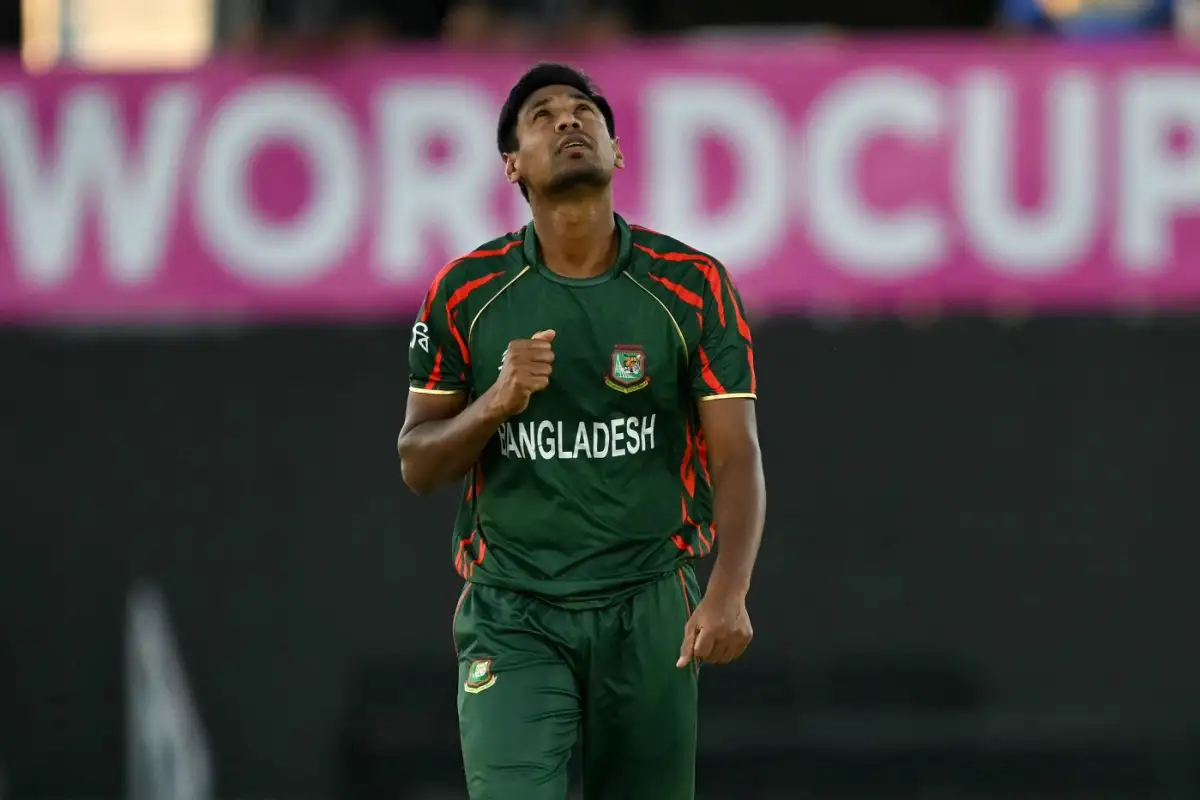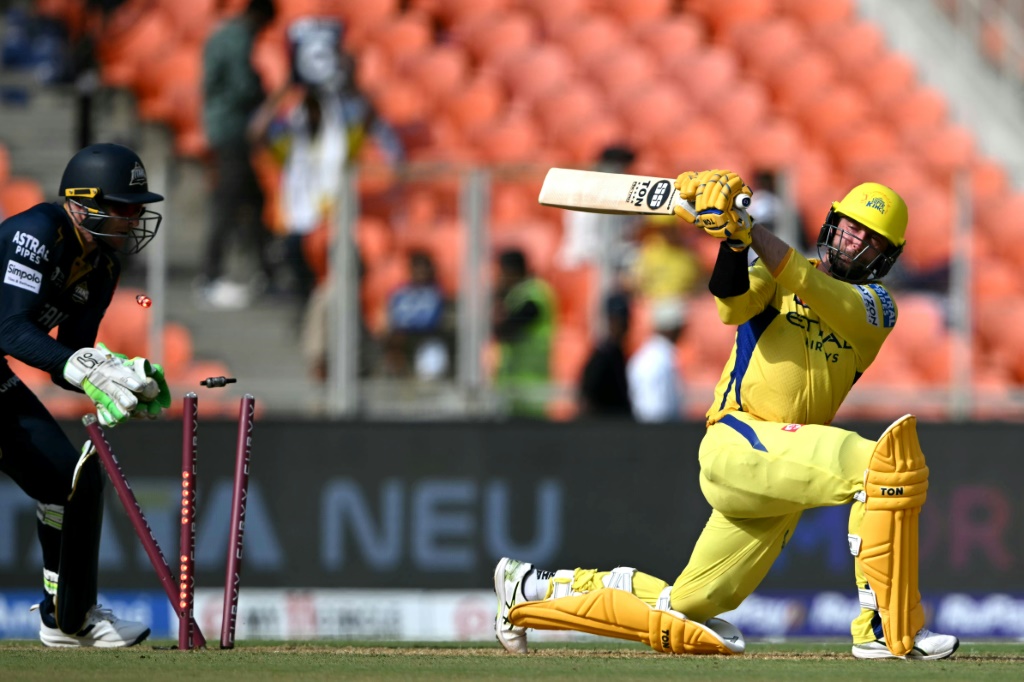ICC cricket committee makes key changes to DRS review

Collected

|| CF DESK ||
Bashir's six-wicket haul seals dominant England win over Zimbabwe
24 May 25
In terms of the third umpire's role in the DRS, the ICC Cricket Committee has made a few changes. However, these protocols have only been made to keep the original idea behind the review system as it is.
The controversial 'Umpire's Call' will remain in the Decision Review System, according to the International Cricket Council's Board, which has made a few amendments to the new DRS protocols.
As per the existing rule, 50 percent of the ball should be hitting at least one of the three stumps for the batsman to be adjudged LBW on review in case an umpire's not outcall has been challenged.

The ICC Cricket Committee, headed by former Indian captain Anil Kumble, looked into current issues in the sport and made suggestions, which were adopted. One of the issues discussed was the current approach to umpire's Call.
Kumble said: "The Cricket Committee had an excellent discussion around Umpire's Call and analysed its use extensively. The principle underpinning DRS was to correct clear errors in the game whilst ensuring the role of the umpire as the decision-maker on the field of play was preserved, bearing in mind the element of prediction involved with the technology. Umpire's Call allows that to happen, which is why it is important it remains."
In addition, three other changes to the DRS and Third Umpire protocols were approved. These are as follows:
- For LBW reviews, the height margin of the Wicket Zone will be lifted to the top of the stumps to ensure the same Umpire's Call margin around the stumps for both height and width. The 'Wicket Zone' has been extended to include the top of the bails while the mark was previously the bottom of the bails.
- A player will be able to ask the umpire whether a genuine attempt has been made to play the ball before deciding to review an LBW decision.
- The Third Umpire will check a replay of any short run that has been called and correct any error prior to the next ball being bowled.




